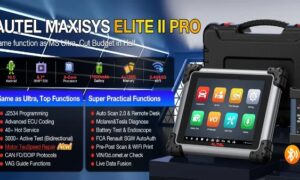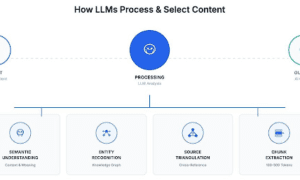The L1 visa is a popular choice for multinational companies looking to transfer employees to the United States. This visa category allows qualified employees of an international company to work in the U.S. for a related business entity, facilitating the movement of skilled workers, managers, and executives. However, the L1 visa application process can be complex and time-consuming. Understanding the processing time and implementing strategies to expedite the process can significantly enhance the chances of a smooth and timely approval.
Understanding L1 Visa Processing Time
The L1 visa processing time can vary depending on several factors, including the specific type of L1 visa (L1A for executives/managers or L1B for specialized knowledge employees), the applicant’s country of origin, the complexity of the case, and current processing times at U.S. Citizenship and Immigration Services (USCIS). On average, the processing time ranges from one to six months, but it can take longer in some cases.
To help you navigate the L1 visa application process effectively, here are some essential tips:
1. Start Early
Early Preparation: Begin the L1 visa application process as soon as the decision to transfer an employee is made. Early preparation ensures that all necessary documents are gathered, and potential issues are addressed before submission.
Timeline Management: Create a timeline that includes key milestones, such as document collection, form preparation, and anticipated submission dates. This helps in managing expectations and reduces the risk of delays.
2. Ensure Complete and Accurate Documentation
Document Checklist: Compile a comprehensive list of required documents, such as evidence of the qualifying relationship between the U.S. and foreign company, proof of the employee’s qualifications, and detailed job descriptions. Ensure all documents are complete, accurate, and up-to-date.
Translations: If any documents are in a language other than English, provide certified translations to avoid delays in processing.
3. Leverage Premium Processing
Expedited Service: Consider using USCIS’s Premium Processing Service, which guarantees a 15-calendar-day processing time for an additional fee. This service is beneficial for time-sensitive transfers and can significantly expedite the approval process.
Eligibility: Confirm that your L1 petition is eligible for premium processing, as not all cases may qualify.
4. Work with Experienced Immigration Attorneys
Expert Guidance: Engage an experienced immigration attorney to navigate the complexities of the L1 visa application. An attorney can provide valuable insights, help avoid common pitfalls, and ensure that the petition is accurately prepared and submitted.
Issue Resolution: In case of any issues or requests for additional evidence (RFEs) from USCIS, an attorney can assist in providing the necessary documentation and responses promptly.
5. Prepare Thorough Job Descriptions and Organizational Charts
Detailed Descriptions: Provide detailed job descriptions that clearly outline the employee’s role, responsibilities, and qualifications. This helps demonstrate that the position meets the L1 visa requirements for either an executive/managerial role (L1A) or a specialized knowledge position (L1B).
Organizational Charts: Include organizational charts that illustrate the employee’s position within the company hierarchy, both in the U.S. and the foreign company. This visual aid helps USCIS understand the qualifying relationship and the employee’s role within the organization.
6. Maintain Consistent Communication with USCIS
Case Tracking: Regularly monitor the status of the L1 visa application through the USCIS case status online tool. This allows you to stay informed about any updates or requests for additional information.
Proactive Follow-up: If there are any delays or issues with the application, proactively follow up with USCIS to address concerns and seek resolution.
7. Consider Consular Processing for Certain Cases
Alternative Option: In some cases, consular processing may be a faster alternative to obtaining an L1 visa. This involves applying for the visa at a U.S. embassy or consulate abroad instead of through USCIS.
Eligibility and Requirements: Evaluate whether consular processing is suitable for your situation and ensure all required documentation and forms are prepared for the consular interview.
Conclusion
Navigating the L1 visa processing time can be challenging, but with careful planning and strategic preparation, you can enhance the likelihood of a smooth and timely approval. By starting early, ensuring complete documentation, leveraging premium processing, working with experienced attorneys, providing thorough job descriptions, maintaining communication with USCIS, and considering consular processing, you can effectively manage the complexities of the L1 visa application process. These tips will help you secure the necessary approvals to facilitate the seamless transfer of employees and support the growth of your multinational business operations.





























